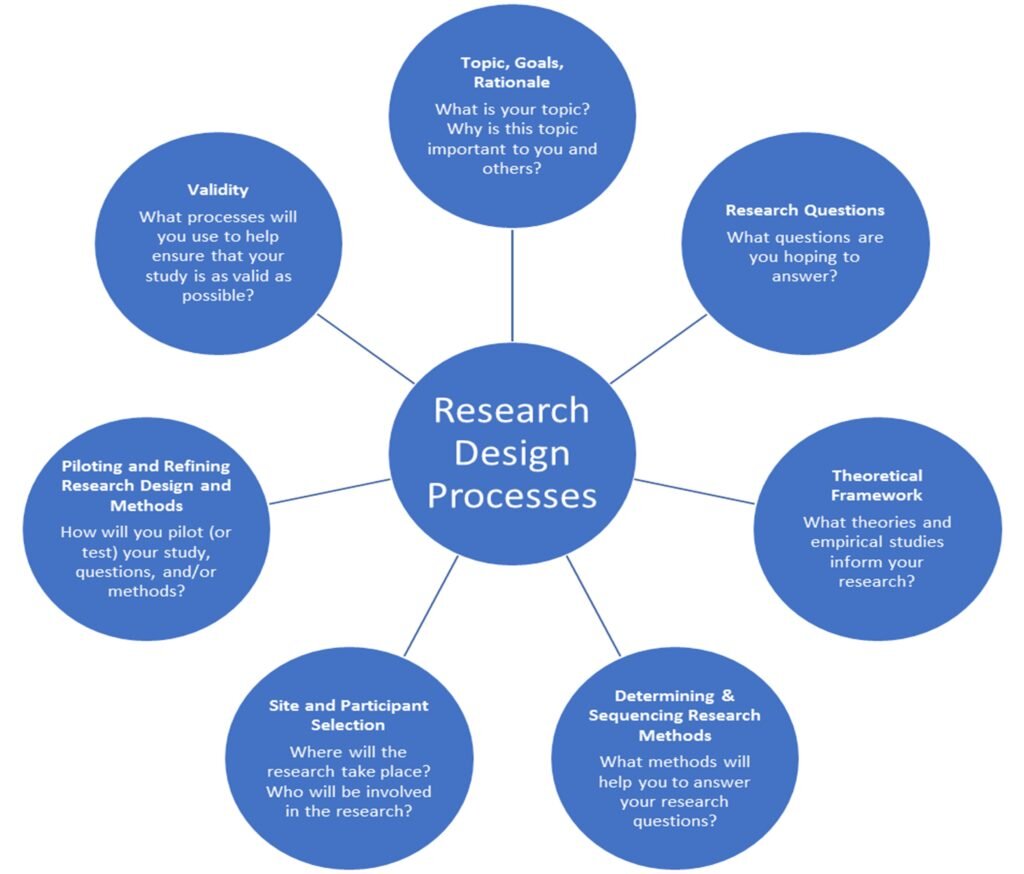Research Design in Qualitative Research
Throughout March we will explore research design, with a focus on theory and conceptual frameworks. Find the unfolding series here. This post is from this month’s Mentor in Residence, Sharon Ravitch.
Qualitative research design is, most basically, the way that you, as a researcher, articulate, plan for, and set up the doing of your study. Research design is the overall approach to how a researcher (or research team) bridges theory and concepts with the development of research questions and the design of data collection and analysis methods for a specific study. A research design is based on an integration of the theories, concepts, goals, contexts, beliefs, and sets of relationships that shape a specific topic. In addition, it is shaped by responding to the realities and perspectives of participants and contexts of a study. In a solid qualitative research design, framing theory and key constructs are clearly explicated, and methods are built out of theory in ways that reflect prior learning. This theoretical examination of core concepts/constructs in the study sets the stage for a rigorous, systematic process of gathering and analyzing data. Every aspect of a study, from early development of guiding research questions to selection of setting and participants to the micro and macro contexts that shape all of this, interacts in dynamic ways that reflect the lived complexity and intersectionality of human beings in the social world.
As illustrated in Figure above, the qualitative research design process begins with your research topic. Sometimes, this can be determined by a setting, group of people, or phenomenon that you are interested in studying. Once you have determined what you want to study, you explore fields, concepts, contexts, and theories that help you to understand what you want to know more about and what is already known about this topic. The guiding research questions, which are cultivated through structured processes of learning, reflecting, and engaging in dialogue with a range of thought partners, are central to all aspects of research design. The centrality of research questions to every facet of the research is the reason why it is vitally important to understand each of the core constructs of your research questions. Furthermore, because researchers are responsive to phenomena, realities, and contexts of a study, research questions may get refined over time. This requires a mindset that allows you to not only work hard to refine a set of research questions and a matching research design early on, but also to adopt an approach to research that is ongoingly flexible about, and responsive to, the realities in the setting once the study begins.
As with research questions, the overall research design process is inductive so that data collection and analysis processes can evolve to reflect real-time learning. This can include making changes to data collection methods. It can also mean that data analysis is not only summative, or at the end of data collection (as is commonly the case), but is employed as a generative design tool that begins with formative analysis early on that shapes subsequent data collection and continues throughout a study. As data are collected and analyzed, aspects of the research design may change to respond to emerging learnings and contextual realities.
Data collection and analysis should not be seen as two separate phases in the research process; they are iterative and integral to all aspects of qualitative research design. The notion of the “inseparability of methods and findings” (Emerson, Fretz, & Shaw, 1995)[i] means that how a study is structured and how data are collected are directly related to the nature and quality of the data and therefore the analyses and findings that emerge from the research. This is an important example of how connected all aspects of the research process are. This connected aspect of the qualitative research process highlights the need for flexible research design. Qualitative research design ideally involves simultaneous processes of “collecting and analyzing data, developing and modifying theory, elaborating or refocusing the research questions, and identifying and addressing validity threats” (Maxwell, 2013, p. 2). Qualitative research design is fluid, flexible, interactive, and reflexive (Maxwell, 2013; Ravitch & Carl, 2019). Your role, as a researcher, is to connect (and reconnect) the dots between all of these intersecting parts (not as a lone researcher or sole interpreter, but with thought partners and through participant validation ).

